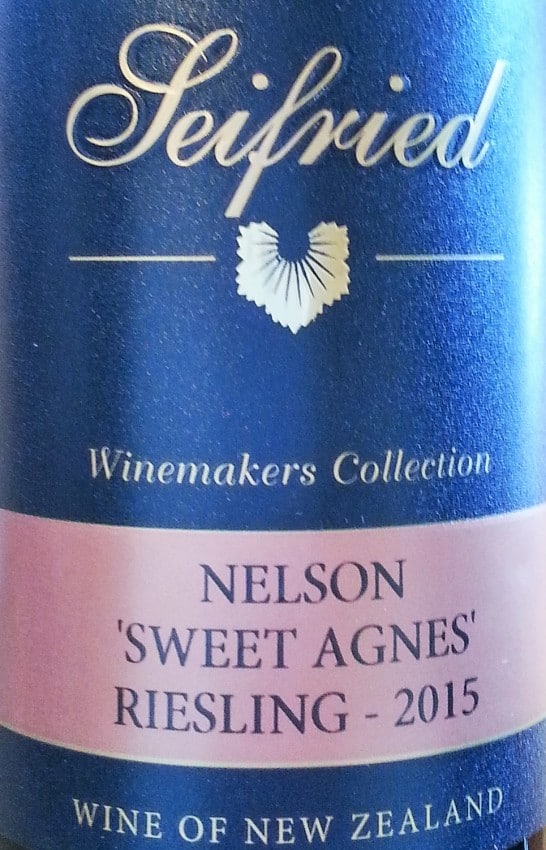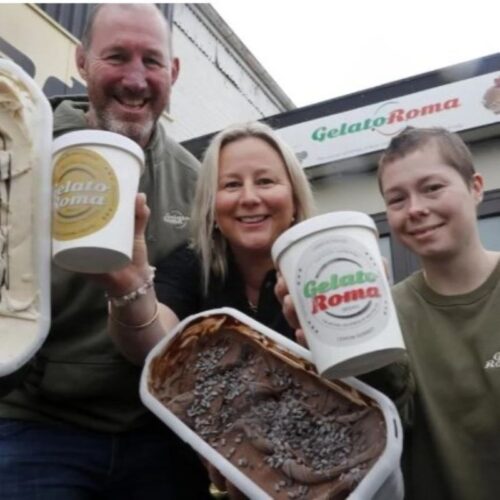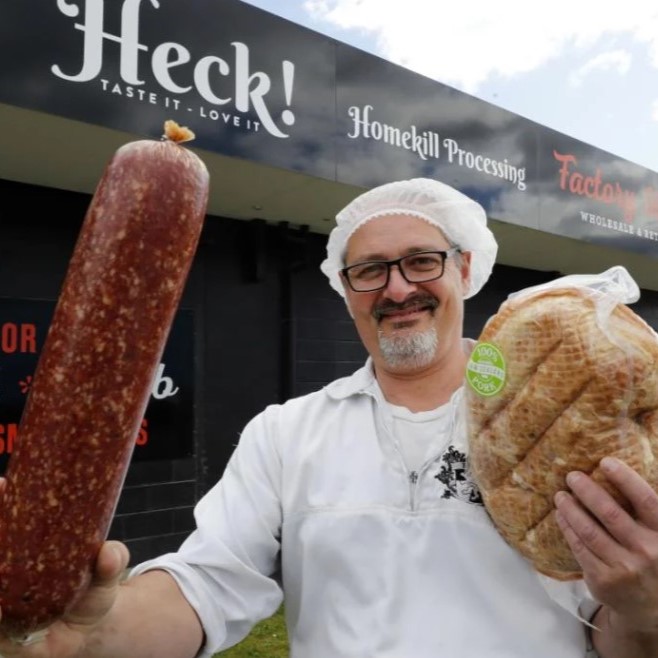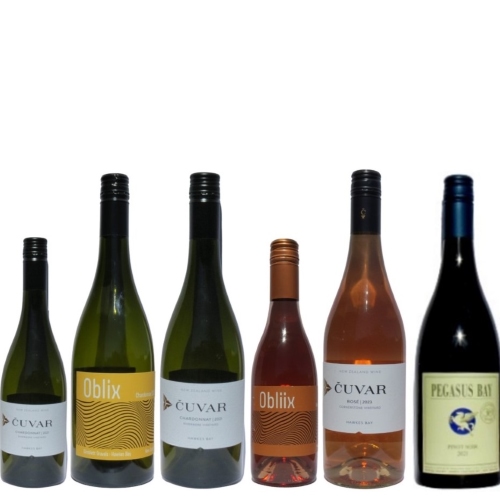
Sweet wines – Admire Magazine March 2016
When you fall in love with the intrigues wine has to offer it is the beginning of a journey, one full of learning and enjoyment.
Every bottle of wine has the potential to offer something new; taste a wine today and try a bottle of the same wine in a year’s time and it will be different, a wine made by a producer last year will be different to the same variety they make this year because the weather conditions are different and if a wine maker uses varying techniques they can add differences and intrigue to the same grape harvested on the same day.
One of the single most intriguing wine varieties is Riesling. Depending on where it is grown, how ripe it is when it is harvested and how it is handled in the winery the variety offers a huge range of styles from bone dry to sticky and sweet and I want to talk about the sweet versions of wines in this column.
When a grape is harvested it has a certain amount of natural sugar depending on how ripe it is and then the winemaker has plenty of influence. The sugars in the grape juice are converted to alcohol during the fermentation process so if all of the sugars are converted to alcohol you end up with a dry wine with quite high alcohol levels, stop the fermentation process and you have lower alcohol levels but more natural sugars in the wine making them sweeter in style.
As I said at the start of this column when you are enticed by the intrigues of wine you keep searching for more knowledge about it, just like anything that fascinates or intrigues you, and part of my learning was tasting a range of wines with Andrew Greenhough from Greenhough Vineyards a number of years ago. He talked to me about ripe and unripe acidity and the impact it has on the finished product.
Without making this sound like a lesson in grape growing and winemaking, understanding the concept of ripe and unripe acidity will help you understand why you enjoy some wines and not others. For example if you love crisp, juicy Marlborough Sauvignon Blanc then chances are you like wines with acids that are slightly unripe. They can be gut-burning sharp and some people love that, I prefer my Sauvignon Blanc a little softer in acidity and that comes from grapes that are riper when harvested.
A good comparison is biting into a green, unripe apple compared to a juicy tree ripened apple, same product but quite different in taste.
While some people love sweet wines others don’t and I think that is because they may not have tried a beautifully balanced sweet wine, a wine with plenty of residual sugar but also with just the right amount of ripe acidity to balance the sweetness. The result is a sweeter style wine that leaves you with a wonderful fresh, juicy, mouth-watering aftertaste or finish as wine geeks like me call it.
And that is where the skills of the viticulturist in the vineyard and the winemaker in the winery come together to create something special from what is arguably the world’s most versatile grape variety, something sweet, flavoursome and delightfully fresh at the same time.
Of course this is a very simplistic overview because there are many ways to make sweet Riesling wines, some are rich, sticky and luscious while others are sweet, bright, fresh and over time develop lovely characters that only come with age.
For example Greenhough’s produce a Riesling called ‘Apple Valley’ and this is one of those wines with some residual sugar and beautifully balanced with acidity making it a perfect summer’s afternoon lower alcohol drink.
Seifried Estate on the other hand freeze grapes and press them while frozen, concentrating the sugar content making a super-sweet wine labelled as The Winemaker’s Collection Sweet Agnes Riesling. This is rich, intense, sticky-sweet and with some nice crisp acidity in the finish to balance the intense sweetness.
Don’t be afraid to pick up a bottle of dessert wine and enjoy it with a nice piece of blue cheese or even late in the afternoon with some chicken liver pate.
Welcome to the intrigues of wine!



